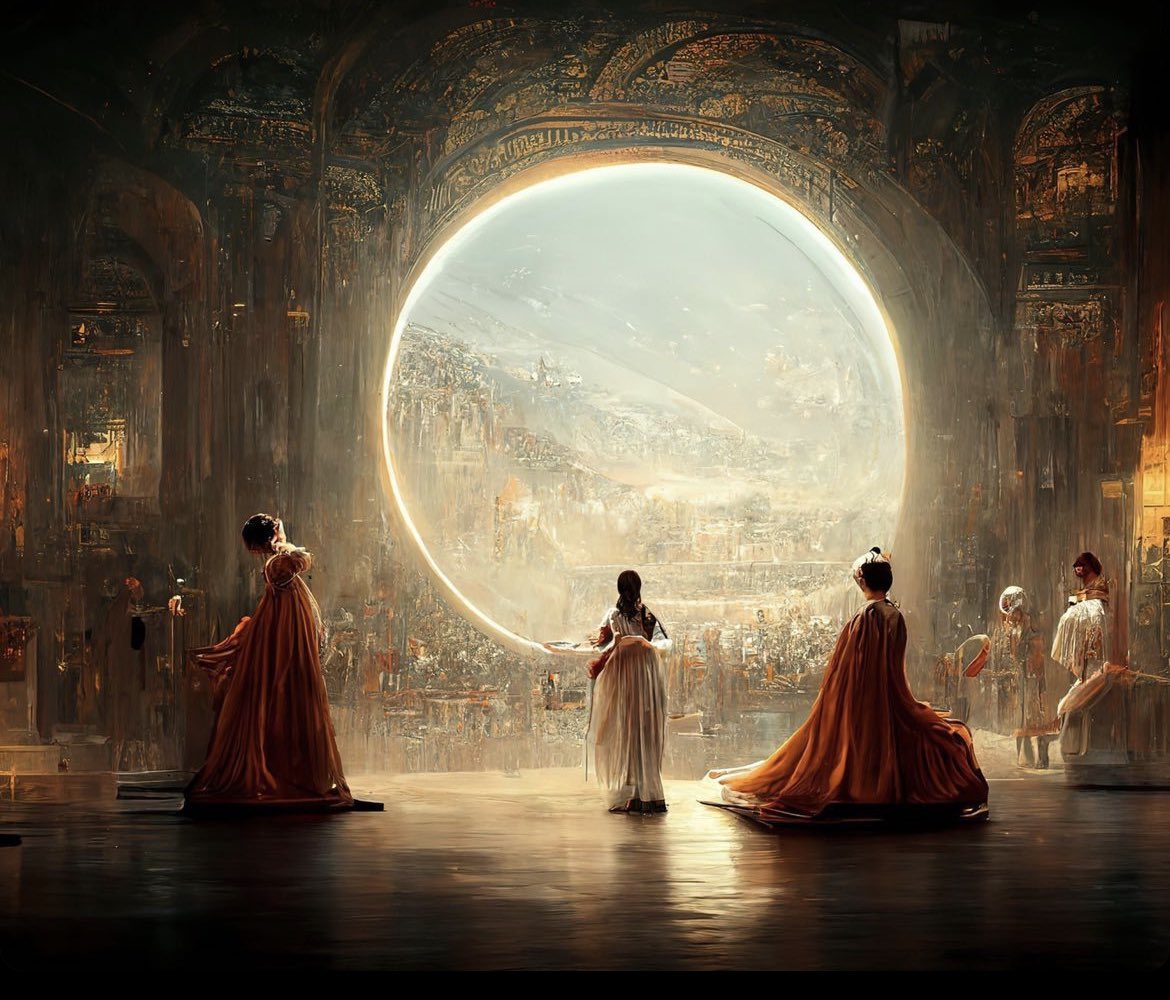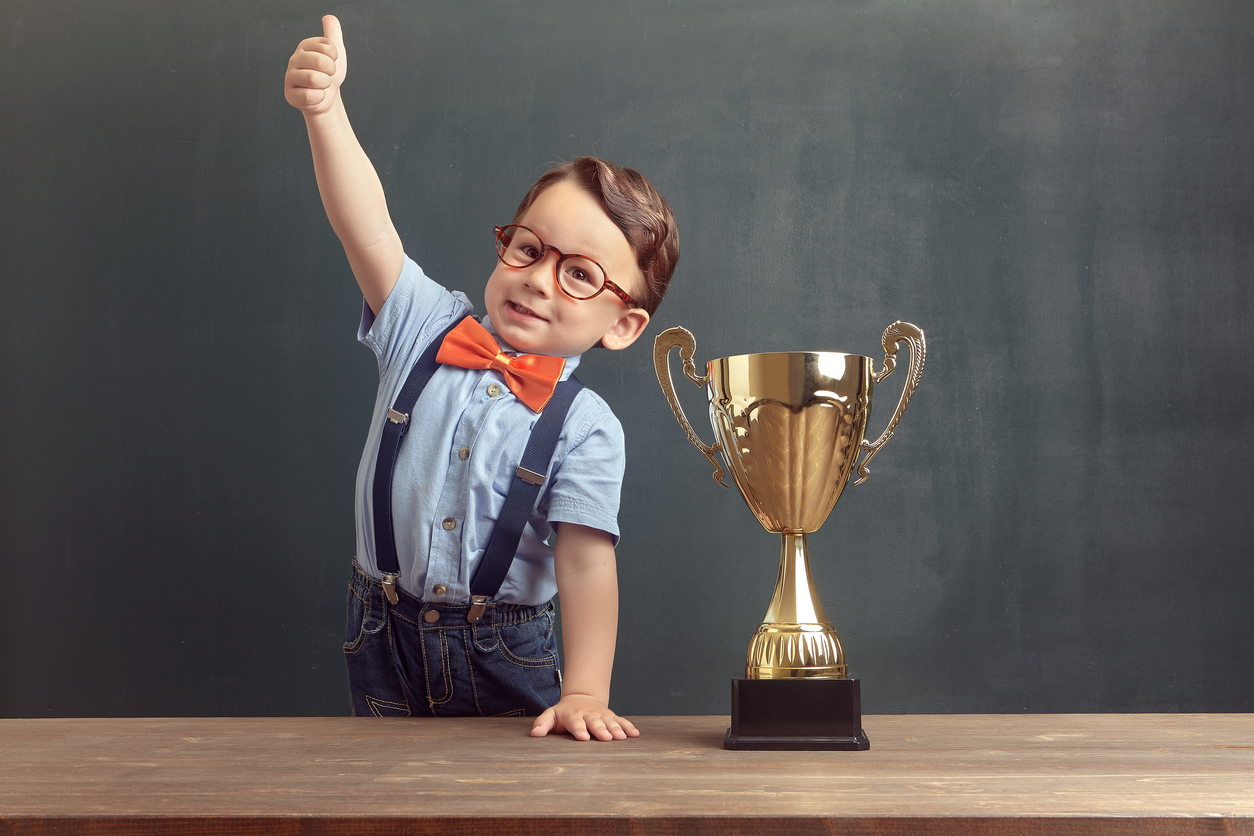With the advent of digital art, stock sales have evolved dramatically, creating opportunities for both traditional artists and artificial intelligence (AI) generated artworks. Artists can now sell their creations on platforms like Shutterstock, while AI art tools have entered the market, offering unique and diverse options for consumers. This shift raises an important question: who wins in stock sales, Shutterstock or AI art?
Understanding Shutterstock and Its Business Model

Shutterstock is a leading platform in the stock photography and digital art industry, offering a vast library of images, videos, and music. Founded in 2003, it operates on a marketplace model where artists can upload their work and earn royalties whenever their content is purchased. Shutterstock primarily earns revenue through a subscription service, allowing users to access a certain number of downloads per month for a fee. This model incentivizes artists to create high-quality content, as they benefit from the increased exposure their work receives.
Shutterstock also utilizes various promotional strategies, including partnerships with businesses and brands, which helps expand its reach and customer base. Additionally, the platform invests in search optimization, ensuring that users can easily find the content they need. The company’s success hinges on its ability to balance quality and quantity, providing diverse and premium options for consumers while maintaining a steady stream of income for contributors.
Overall, Shutterstock‘s established reputation, extensive library, and adaptive business model make it a formidable player in the digital art market. However, the rising popularity of AI-generated art poses a challenge, as AI can produce an abundance of unique styles and images quickly and at a lower cost, potentially disrupting traditional stock sales. Understanding the strengths and weaknesses of both Shutterstock and AI art provides insight into the future of stock sales in the digital art realm.
The Rise of AI Art and Its Market Impact

The emergence of AI-generated art has stirred quite a conversation in the creative community. What is AI art, and why is it gaining traction? In simple terms, AI art involves using algorithms and machine learning to generate visuals that can range from stunningly realistic to brilliantly abstract. As the technology evolves, so does its appeal. People are increasingly looking for unique visuals that challenge traditional artistic norms, and AI is stepping up to the plate.
One significant factor contributing to the rise of AI art is accessibility. Artists, designers, and even businesses can harness AI tools to create high-quality visuals without extensive artistic training. This democratization of art creation means that more people can participate in the market. Here are a few ways AI art is impacting the market:
- Cost-Effectiveness: AI art can often be produced at a fraction of the cost of traditional art, making it appealing for budget-conscious creatives.
- Endless Possibilities: The ability of AI to generate countless variations of a single concept in a matter of moments provides artists with a treasure trove of ideas.
- Time Efficiency: Projects that would typically take hours or even days can now be completed in a fraction of the time with AI assistance.
- Market Saturation: With more creators using AI-generated visuals, there’s potential market saturation, which could affect pricing and demand for both AI and traditional stock images.
Despite these advantages, AI art raises questions about authenticity and ownership. Who truly owns a piece of art created by an algorithm? As the market develops, these issues will likely shape the future landscape of both AI art and traditional stock imagery.
Comparing the Quality of Shutterstock Images and AI-Generated Art

When it comes to visual content, quality is king. Artists, designers, and marketers want images that not only resonate with their audience but also elevate their brand. So, how do Shutterstock images compare to AI-generated art in terms of quality?
Shutterstock has built a reputation for high-quality stock photography. With contributions from professional photographers around the world, the platform offers a diverse range of images that are carefully curated. Here’s what you can typically expect:
| Aspect | Shutterstock Images | AI-Generated Art |
|---|---|---|
| Consistency | High quality, consistently professional. | Varies widely; can be stunning or mediocre. |
| Diversity | Extensive variety across different styles and subjects. | Limitless creativity, but can be niche or abstract. |
| Customization | Limited to available images; requires searching. | Easily customizable based on prompts and input. |
| Licensing | Clear licensing agreements for commercial use. | Ownership and licensing can be complex. |
AI-generated art, on the other hand, offers an exciting realm of possibilities. The ability to create unique art pieces based on user input means that two people can generate entirely different pieces based on the same prompt. However, the quality can be inconsistent—sometimes brilliant, sometimes baffling. As a result, while AI art is revolutionizing creativity, it may not always meet professional standards that brands require.
In conclusion, the choice between Shutterstock and AI art often boils down to the specific needs of the project. If you’re after consistency and professional quality, Shutterstock may be the way to go, while AI-generated art could be the ticket for those seeking innovation and originality.
Pricing Strategies: Shutterstock vs AI Art
When it comes to pricing, Shutterstock and AI art platforms take notably different approaches that can significantly impact buyers and sellers alike. Understanding these strategies can help you decide where to invest your money, whether you’re a professional content creator or just looking for the perfect image for your personal project.
Shutterstock, a longtime player in the stock photography arena, uses a subscription model. Here’s a quick breakdown:
- Monthly and Annual Plans: Users can choose from a variety of subscription tiers, allowing them to download a certain number of images per month.
- On-Demand Purchases: For those who need an image or two but don’t want a subscription, Shutterstock offers on-demand purchases at higher per-image prices.
- Credits System: Some plans allow users to buy credits that can be exchanged for images, offering more flexibility.
On the other hand, AI art platforms tend to adopt a different pricing strategy:
- Pay-Per-Image: Many AI art generators charge a set fee for creating or downloading an image, which might initially be cheaper compared to subscription models.
- Freemium Models: Some platforms allow users to generate art for free, but with watermarks or limitations, encouraging users to pay for high-quality, unbranded versions.
- Competitive Pricing: As AI technology evolves, many AI-generated art options are becoming more affordable and accessible, which could challenge traditional stock photography pricing.
Ultimately, the best choice depends on your needs. If you’re a frequent user, a Shutterstock subscription might be the way to go; if you’re looking for a unique piece and don’t mind paying per image, AI art could offer remarkable value.
Trends in Consumer Preferences for Stock Art
The landscape of stock art is continuously changing, and understanding consumer preferences can give artists and marketers a significant advantage. Let’s delve into some current trends shaping the market.
One major trend is the growing demand for personalization and authenticity. Consumers are increasingly favoring images that feel genuine and relatable over highly staged or generic stock photos:
- Real People: Images featuring real individuals in real settings are gaining popularity. Users want to see diversity and representation that reflects today’s society.
- Unique Styles: There’s a rising appreciation for artistic styles that break the conventional mold, which is where AI art can really shine with its ability to produce unique visuals on demand.
Additionally, sustainability and ethical considerations are becoming pivotal in decision-making:
- Eco-Conscious Choices: Consumers prefer platforms that highlight eco-friendly practices or offer sustainable art options.
- Ethics in AI: As AI-generated content becomes normalized, there’s growing scrutiny on how those images are sourced and the implications for artist rights.
Lastly, as technology advances, the integration of AR and VR in stock art will likely influence consumer expectations. Buyers are looking for ways to interact with content in immersive environments, making the need for high-quality visuals even more critical.
In summary, keeping an eye on these consumer preferences can help both stock art platforms and creators understand how to better cater to their audience, ensuring they remain relevant in a rapidly evolving market.
Legal and Ethical Considerations in Stock Art Sales
When diving into the world of stock art, especially the growing arena of AI-generated art, understanding the legal and ethical implications is crucial. With rapid technological advancements, there are several factors to keep in mind:
- Copyright Issues: Traditional stock art is typically protected by copyright laws. When artists submit their work, they retain certain rights but often grant licenses for others to use their images. In contrast, AI-generated art raises questions about authorship and ownership. Who owns an image created by an algorithm?
- Attribution: While traditional art often requires attribution, the landscape isn’t as clear with AI art. Should creators or companies that utilize AI tools give credit to the programmers behind the technology, or is the output considered a unique entity?
- Fair Use: The concept of fair use exists mainly to balance the rights of creators against public interest. As AI systems often learn from existing works, the fine line of fair use becomes a hot topic of debate—especially in stock sales.
- Ethical Considerations: There’s an ongoing discussion about the ethics of using AI in creative fields. Questions arise about the potential impact on traditional artists, the authenticity of AI-generated art, and the value we assign to machines mimicking human creativity.
Overall, both traditional stock art and AI-generated art come with their own set of legal and ethical challenges. As the industry continues to evolve, keeping abreast of ongoing legislative changes and ethical discussions will be essential for artists and buyers alike.
Case Studies of Successful Stock Sales on Both Platforms
To understand how Shutterstock and AI art technology are performing in the stock sales arena, it’s worth examining a few case studies that illustrate their unique strengths and market appeal.
Shutterstock Success Stories
- Nature Photography: A seasoned photographer uploaded a series of stunning nature shots capturing the changing seasons. By leveraging Shutterstock’s huge market reach and optimized search capabilities, their images quickly became top sellers during seasonal promotions, earning them substantial passive income.
- Business Illustrations: A graphic designer created a comprehensive set of illustrations depicting diverse workplaces. By targeting companies looking for inclusive artwork, they found a niche on Shutterstock that generated consistent sales, proving that understanding your audience is key.
AI Art Success Stories
- Surreal Art Installations: An artist utilized an AI platform to generate a series of surreal landscapes. By promoting the uniqueness of their AI-assisted creations on social media, they attracted the attention of art collectors and sold several pieces at a premium.
- Custom Design Requests: A graphic designer used AI to quickly generate tailored designs for corporate clients. This agility not only improved turnaround times but also significantly increased client satisfaction, resulting in repeat business and referrals.
These case studies demonstrate that both Shutterstock and AI-generated art have found their niches in the stock sales market. While traditional platforms rely on established artists and strong community engagement, AI art is carving out a space by offering unique, customized options for specific audiences. The winner? It really depends on what the buyer needs!
The Future of Stock Art: Collaborations or Competition
As we dive deeper into the digital age, the landscape of stock art is evolving at an unprecedented pace. The rise of AI-generated art has sparked a fascinating debate: will stock image platforms like Shutterstock collaborate with AI technologies, or will they view them as direct competitors? The answer, it seems, may lie somewhere in between.
Many traditional stock art businesses are beginning to recognize the potential of collaboration. By integrating AI tools into their production processes, they can enhance the quality and variety of their offerings. Imagine a scenario where a photographer uploads a stunning shot to Shutterstock, and an AI tool analyzes that image to suggest tweaks or variations, making it more appealing to potential buyers. This kind of partnership could expand creative possibilities rather than diminish them.
On the other hand, as AI-generated art becomes more sophisticated, we may see a shift towards competition. This is particularly evident in the growing popularity of AI art platforms that allow creators to generate unique visuals quickly and often at a lower cost than traditional stock images. Users looking for fast and cost-effective solutions may gravitate toward these platforms.
In the end, the future of stock art will likely be characterized by a mix of both collaboration and competition. Here are some predictions for what we might see:
- Integration of AI Tools: Traditional platforms may incorporate AI to streamline image curation and improve user experience.
- Hybrid Marketplace Models: Platforms that offer both AI-generated and traditional artworks may become the norm.
- Shift in Buyer Expectations: Consumers may increasingly demand fresh and diverse content that blends human creativity with AI innovation.
The way forward may not be about choosing one over the other but finding a way for both to coexist and thrive.
Conclusion: Which is Better for Stock Sales
In the ongoing battle between traditional stock art like Shutterstock and AI-generated art, the winner isn’t entirely clear-cut. Each has its unique strengths that cater to different needs and preferences in the market.
Shutterstock and Similar Platforms:
- Quality Control: Established platforms have a reputation for curating high-quality images that have been vetted by professionals.
- Diverse Collections: They offer a vast array of themes and styles, appealing to a broad range of clients.
- Trust and Reliability: The established trust factor of these platforms often leads to better customer retention.
AI Art Platforms:
- Fast Turnaround: AI can generate images in a fraction of the time it takes a human artist.
- Cost-Effectiveness: These platforms often provide affordable options, making them attractive for startups and small businesses.
- Unlimited Creativity: AI can produce a seemingly infinite number of variations, ensuring that something fresh is always available.
Ultimately, the best choice for stock sales will depend on the specific needs of buyers. Are they looking for carefully curated works with a personal touch, or do they need quick, innovative images at lower costs? As market demands evolve, both traditional and AI-generated art will likely have their place, coexisting in a dynamic ecosystem that continues to grow.


